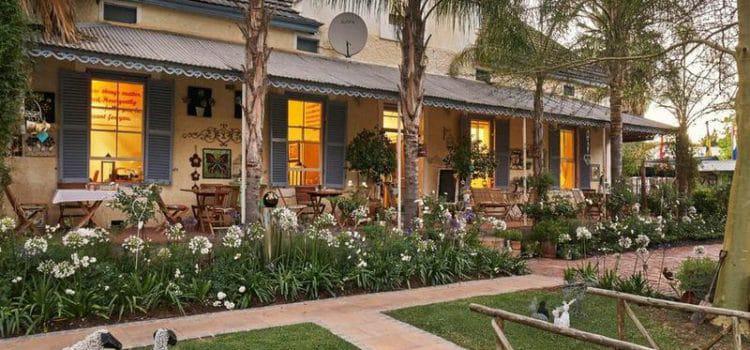Madagascar
Best known for its wildlife, but a land of extraordinary cultural richness, Madagascar is an island nation roughly the size of Texas or about twice the size of Arizona located in the Indian Ocean off the southeast coast of Africa opposite Mozambique. The main island, also called Madagascar, is the fourth largest in the world and home to five percent of the world’s plant and animal species, at least three-quarters of which are found nowhere else in the world.
Madagascar is about as far away from the United States as any major landmass, and once visitors arrive they will find travel in Madagascar to be an interesting experience. For true adventure seekers, however, Madagascar’s wildlife is among the best in the world in terms of diversity, abundance, and approachability and travel to Madagascar for this purpose is most rewarding. Madagascar also offers spectacular landscapes, an unusual history, and countryside full of generally friendly and wonderful people. The beaches of Madagascar are tropical and include such notable spots as Nosy Be, Nosy Boraha or Sainte Marie and Nosy Iransja.
The island is home to such evolutionary oddities as lemurs, a group of primates endemic to the island; the sifaka, a lemur, that swears rudely but dances like a ballet performer; brilliantly colored lizards including geckos and chameleons; the indri, a cat-sized lemur that leaps from tree to tree with ease and sings eerie, whale-like songs; the streaked tenrec, a spiny, hedgehog-like, yellow and black insectivore that makes grinding-chirping noises when threatened; and the fossa, a carnivorous animal that looks like a cross between a puma and a dog but is closely related to the mongoose. This assemblage of peculiar and unique animals made Madagascar a natural to serve as the setting for Dreamworks hugely popular animated film, Madagascar. While the movie may have taken liberties with its representation of the country, the real-life Madagascar is a fascinating and remarkable place to visit – truly unlike any place you’ve ever seen.




